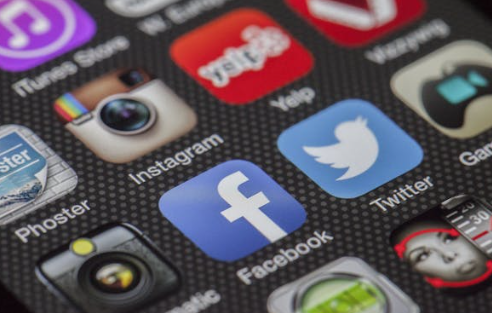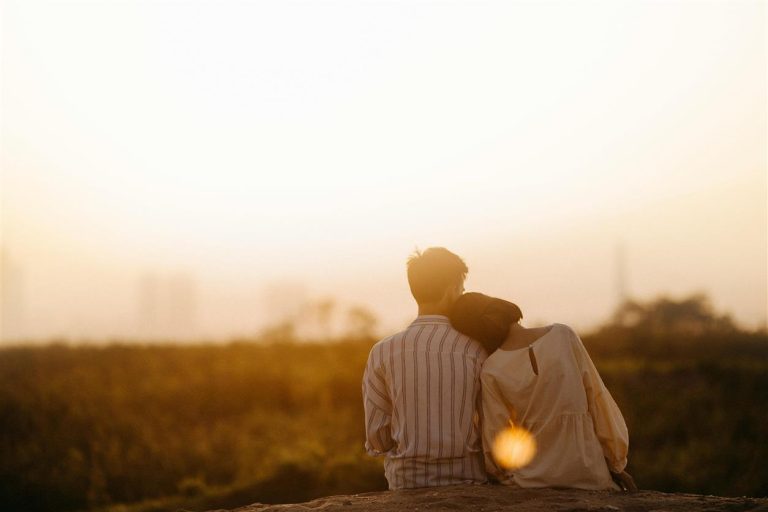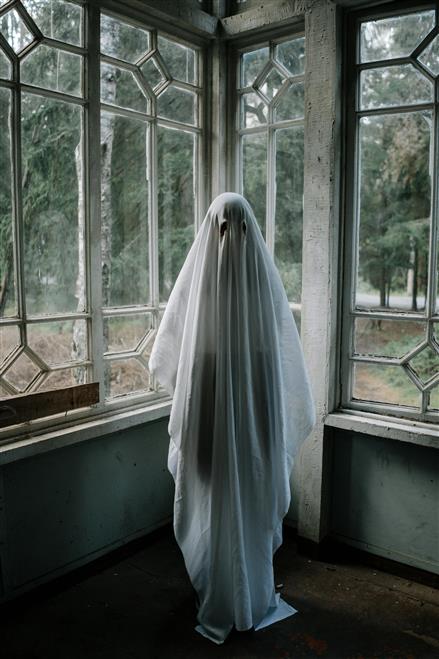
In a world that often equates being alone with being unhappy, a quiet countertrend is taking root: people choosing solitude—not as a retreat from life, but as a conscious way to live it. This isn’t isolation born from heartbreak, burnout, or technological overreach. It’s not a rejection of society, either. Instead, it’s something more deliberate—people carving out space for themselves in a culture that rarely stops talking.
Chosen solitude, as opposed to social withdrawal, is an active preference. It’s a redefinition of what it means to live well, one that resists the default assumption that more company equals more joy. While loneliness continues to be a genuine public health concern—especially among the elderly and digitally overwhelmed—it’s important to separate that from the choice some are making to simply be alone, on purpose.

From Stigma to Strategy
Not long ago, doing things alone carried an odd stigma. A solo table for one, a lone moviegoer, a single traveler—these were often read as signs of sadness, or at the very least, social failure. But over the last decade, that narrative has shifted. People are now documenting solo hikes, celebrating solo travel, and posting photos of their one-person dinner parties with pride.
The rise of individualism has something to do with it, as does the rise of remote work, flexible schedules, and a culture more comfortable with self-reflection. But it’s also a response to an always-on world where silence and solitude have become luxuries. In that context, opting out of constant connection starts to look more like self-respect than eccentricity.
The Difference Between Alone and Lonely
Loneliness is the ache for connection. Solitude is the satisfaction of your own company. They’re not opposite ends of the same spectrum—they’re entirely different experiences. You can feel deeply alone in a room full of people, and completely whole while sitting on a park bench with no one beside you.
Psychologists have long pointed to the benefits of healthy solitude: improved concentration, deeper creativity, clearer self-awareness. It’s no accident that some of the most productive minds in history—writers, scientists, spiritual leaders—have spoken in praise of silence and seclusion. But you don’t have to be a monk or artist to seek the same. You just need space to think, breathe, and exist without constantly performing for others.
What Solitude Looks Like Now
The modern version of solitude doesn’t necessarily involve a remote cabin or a vow of silence. It might look like:
- Taking a solo walk without a podcast playing.
- Turning down a group invitation in favor of a quiet night in.
- Traveling alone without constantly updating social media.
- Eating at a restaurant by yourself and savoring every bite.
- Journaling before bed rather than scrolling through feeds.
For many, these aren’t dramatic lifestyle overhauls. They’re subtle habits that prioritize internal experience over external validation.
Social Media and the Performance of Togetherness
Platforms like Instagram and TikTok have reshaped the way we present our lives, often emphasizing group experiences, relationships, and shared moments. In that context, solitude can feel off-brand. But this has led to something interesting: a growing genre of online content that actually celebrates solitude.
From the rise of “day in my life” vlogs by people living alone, to creators sharing their solo routines and rituals, a new narrative is emerging—one that treats being by yourself not as lack, but as fullness.
It’s not loneliness porn. It’s not manufactured melancholy. It’s quiet confidence. A reminder that joy doesn’t always have to be noisy or witnessed to be real.

The Gendered History of Solitude
For a long time, solitude was more accessible to some than others. Historically, men—especially in positions of power—were more often afforded the space to retreat. Think of the “man cave” trope or the romanticized image of male writers isolating themselves to work. Women, by contrast, were frequently socialized into caretaking roles, expected to be constantly available and communal.
Today, those boundaries are eroding. Women are living alone more than ever, traveling solo, choosing not to marry or have children—not necessarily out of rejection of those roles, but as a way of reclaiming their time, their bodies, and their mental bandwidth. Solitude, in this context, becomes not just a lifestyle choice but a quiet act of autonomy.
Is There a Cost?
Of course, not all alone time is enriching. There’s a difference between intentional solitude and the kind that slips into inertia. Without some sense of rhythm, solitude can slide into stagnation. Human beings are wired for connection, and chosen solitude works best when it exists alongside meaningful relationships, not in place of them.
Balance matters. The healthiest version of solitude isn’t about never seeing anyone. It’s about being able to enjoy your own company and knowing how to re-enter the social world when needed.
Why It Resonates Now
So why now? Why is chosen solitude catching on in an era that champions hyper-connectivity?
Because the noise is exhausting. Because people are reevaluating what matters. Because being constantly available to others—digitally, emotionally, socially—can be draining. In that climate, solitude doesn’t feel selfish. It feels like repair.
The pandemic may have accelerated this mindset. During lockdowns, many people got their first prolonged taste of true alone time. For some, it was suffocating. For others, it was clarifying. As life reopened, not everyone rushed back to old patterns. Some reemerged with a clearer understanding of what they missed—and what they didn’t.
A Life with Room to Breathe
In the end, chosen solitude isn’t about withdrawing from the world. It’s about moving through it on your own terms. It’s about having the space to hear your own thoughts before the world crowds them out. It’s about learning to be alone without being afraid of it—and finding, maybe for the first time, that you’re good company.
In fast-moving times, solitude offers a kind of depth that’s hard to come by. Not because it’s better than connection—but because it gives us the capacity to show up more fully when we do connect. Alone, but not lonely. That’s not a contradiction. It might just be the clarity a lot of us have been waiting for.



